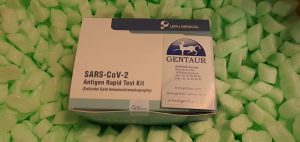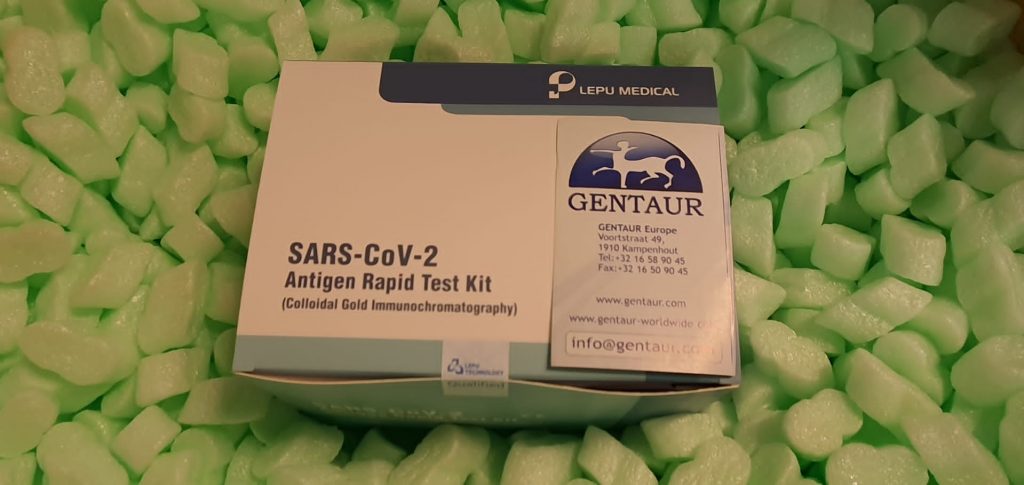Gallbladder cancer (GBC) is essentially the most aggressive malignancy of the biliary tract with poor prognosis. Several targetable genetic alterations have been identified in GBC; nevertheless, responses to focused remedy are disappointing. We report a case of a 58-year-old Chinese lady with GBC who was detected with a novel ALK genomic rearrangement and obtained crizotinib after development from first-line chemotherapy. The affected person was identified with stage IV adenocarcinoma of the neck of the gallbladder and obtained oxaliplatin mixed with capecitabine as first-line remedy.
After 4 cycles of this chemotherapy routine, the affected person began to present obstructive jaundice, and progressive illness was evaluated. Biliary drainage surgical procedure was carried out to alleviate the signs of obstructive jaundice. Upon referral to our division, her archived tissue samples have been submitted for next-generation sequencing (Burning Rock Biotech) and immunohistochemistry, which identified the presence of a novel AMBRA1-ALK rearrangement and ALK overexpression, respectively. Oral crizotinib was administered reaching partial response inside two cycles of remedy, which lasted for 7 months.
AMBRA1-ALK has not been beforehand reported in any strong tumors and its sensitivity to crizotinib will not be nicely characterised. Moreover, ALK alterations have been not often reported for GBC. This case means that a subset of GBC could be pushed by aberrant ALK signaling, which may probably be explored as a biomarker of therapeutic response to ALK inhibitors in GBC. Moreover, our case report contributes an incremental step in understanding the genetic heterogeneity in GBC and supplies scientific proof of the utility of next-generation sequencing in exploring actionable mutations to develop remedy selections in uncommon strong tumors together with GBC.
Using state-of-the-art assays, it’s hoped that circulating non-viral biomarkers for the rebound-competent reservoir will probably be found in the non-human primate, cross-validated in the human, and assessed for his or her capacity to outline the scale and high quality of the rebound-competent reservoir whereas on ART and the time to viral rebound as soon as ART is discontinued. Of notice, the HIV Frontiers Program pre-supposes the need to assume and to share vital danger. Substantial new monetary assets and a sustained dedication will probably be required to pursue the a number of elements of a “single-shot” HIV treatment in parallel and to concurrently launch the HIV Reservoirs Consortium. This evaluate will define a number of the steps which might be being taken to attain these objectives.
Phenotypic Examination of Camelina sativa (L.) Crantz Accessions From the USDA-ARS National Genetics Resource Program
Camelina sativa (L.) Crntz. is a hardy self-pollinated oilseed plant that belongs to the Brassicaceae household; broadly grown all through the northern hemisphere till the 1940s for manufacturing of vegetable oil however was later displaced by higher-yielding rapeseed and sunflower crops. However, curiosity in camelina as a substitute oil supply has been renewed due to its excessive oil content material that’s wealthy in polyunsaturated fatty acids, antioxidants in addition to its capacity to develop on marginal lands with minimal necessities. For this purpose, our group determined to display screen the prevailing (2011) National Genetic Resources Program (NGRP) heart assortment of camelina for its genetic range and supply a phenotypic analysis of the cultivars obtainable.
Properties evaluated embody seed and oil traits, developmental and mature morphologies, in addition to chromosome content material. Selectable marker genes have been additionally evaluated for potential use in biotech manipulation. Data is supplied in a uncooked uncompiled format to enable different researchers to analyze the unbiased info for their very own research. Our analysis has decided that the NGRP assortment has a big selection of genetic potential for each breeding and biotechnological manipulation functions. Accessions have been identified inside the NGRP assortment that seem to have fascinating seed harvest weight (5.06 g/plant) and oil content material (44.1%).
Other cultivars have been identified as having fatty acid traits which may be appropriate for meal and/or meals use, equivalent to low (<2%) erucic acid content material, which is usually thought of for wholesome consumption and ranged from a excessive of 4.79% to a low of 1.83%. Descriptive statistics are supplied for a breadth of traits from 41 accessions, in addition to uncooked knowledge, and key seed traits are additional explored. Data offered is on the market for public use. Such assets and dedication won’t come up from a single supply; quite, partnerships have to be fashioned and strategic priorities set.

Complex Trait Loci in Maize Enabled by CRISPR-Cas9 Mediated Gene Insertion
Modern maize hybrids usually comprise biotech and native traits. To-date all biotech traits have been randomly inserted in the genome. Consequently, growing hybrids with a number of traits is pricey, time-consuming, and sophisticated. Here we report utilizing CRISPR-Cas9 to generate a complicated trait locus (CTL) to facilitate trait stacking. A CTL consists of a number of preselected websites positioned inside a small well-characterized chromosomal area the place trait genes are inserted.
[Linking template=”default” type=”products” search=”Radius™ 24-Well Cell Migration Assay” header=”2″ limit=”165″ start=”1″ showCatalogNumber=”true” showSize=”true” showSupplier=”true” showPrice=”true” showDescription=”true” showAdditionalInformation=”true” showImage=”true” showSchemaMarkup=”true” imageWidth=”” imageHeight=””]
We generated particular person traces, every carrying a site-specific insertion touchdown pad (SSILP) that was focused to a preselected web site and able to effectively receiving a transgene by way of recombinase-mediated cassette alternate. The chosen websites supported constant transgene expression and the SSILP insertion had no impact on grain yield. We demonstrated that two traits residing at totally different websites inside a CTL may be mixed by way of genetic recombination. CTL know-how is a main step ahead in the event of multi-trait maize hybrids.

